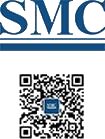
- Company overview The heart of SMC Vision & Philsophy Partnership Certifications Company culture
- Our service Design and Engineering Maintenance and Service Examine Production Line Upgrade and Transformation Storage and Logistics Processing, Trading and Distributor
- Management Our history Global responsibility Info Center
- Procurement center Internship
- Metal Steel Products Stainless Steel Products Aluminum Products Copper Products Galvanized Steel and PPGI Special Alloy Building Material
- Containers ISO Standard Container Equipment Container Storage Container Container House Refrigerated/Reefer Container Offshore Container Tank Container Container Fittings Container Trailer
- Gas Cylinder & Fire Extinguisher Cryogenic Liquid Cylinder Oxygen Gas Cylinder Storage Tank CNG Gas Cylinder LPG Gas Cylinder Hydrogen Gas Cylinder Nitrogen Gas Cylinder Industry Gas Cylinder Fire Extinguisher
- Metal Machinery Forming Machine Other Machinery Cutting Machine Processing Machine Bending Machine Block Machine Motor Spare Parts
- Mechanical Products Vehicle Industry Miscellany Mooring Equipment Marine Equipment Pressure Vessel Conveyor Belt Laser Equipment Bearing
- Electrical System Electrical Cable Automation Power Distribution Solar Power System Electric Protection System Transformer Production Line Lighting System
- Project Fiberglass Reinforced Plastic Plastic Pipes and Pipe Fittings Pontoon System
Austenitic stainless steels - from kitchen sinks to fuel cell cars
In 1912 the first two patents on stainless steels were submitted by Krupp Stahl in Germany. One represented an austenitic stainless steel (ASS), which was a forerunner of what is today known as type 304. Today, this steel together with type 316 dominates the stainless steel market with a total share of about 70%. It is quite remarkable that one family of stainless steels has earned such a dominating position. There is no other type of stainless steel used in such a wide temperature interval as the austenitic grades. They retain their toughness well below room temperature and also retain a substantial part of their mechanical strength at elevated temperature, where creep deformation is a concern in many applications. In addition, they show good resistance to wet corrosion and high temperature corrosion. They are, therefore, suitable in applications ranging from cryogenic temperatures, where the fracture toughness is insufficient in other steels, to temperatures well above 1000°C.
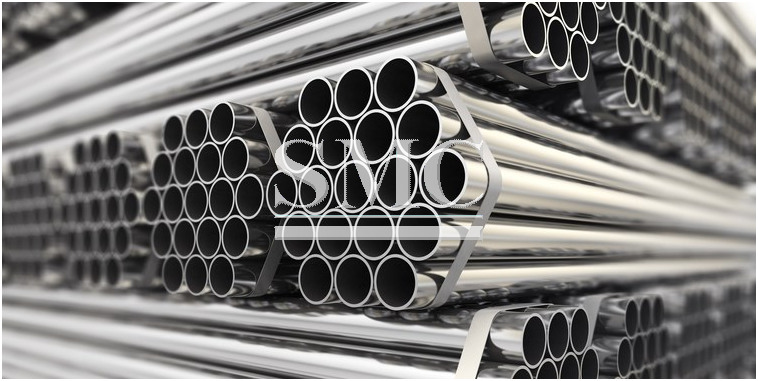
Moreover, they are easily formed and readily welded. Several features of ASS are intimately related to the face centred cubic crystal structure.
The dense packing of atoms leads to low diffusion rates and creep resistance at elevated temperature. Dislocation slip occurs on the four {111}-type slip planes (Figure 1).
The resulting 12 dislocation slip systems in combination with a low stacking fault energy leading to pronounced work hardening explains
the exceptional drawability and stretchability required in forming operations. Moreover, this explains the unique range of yield strength attainable by cold work (250 up to almost 2000 MPa).
Austenitic stainless steels are easily identified from the presence of straight twin boundaries visible in micrographs of the kind shown in Figure 2.
An abundance of twin boundaries reflect a low stacking fault energy, which is a distinctive feature of ASS and separates them from all other stainless steels.
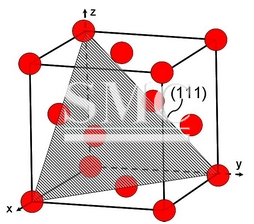
Thus, there are altogether 12 glide systems in fcc. -
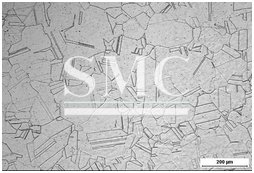
To people in general, ASS are most well-known through the wide variety of kitchen utensils and domestic appliances, such as kitchen sinks, dish-washers,
silver ware and washing machines. The importance of this in the improvement of hygiene and our quality of life can hardly be exaggerated.
However, the large tonnage is represented by applications in the process industry such as heat exchangers (see Figure 3), pipe lines,
tubes for a wide variety of purposes and super heaters. A list, which is far from complete, is shown in the Table 1.
It is tempting to look into future and novel applications of ASS. Fuel cell cars driven by hydrogen will need large quantities of a corrosion resistant stainless steel.
Each cell is separated from the others by a thin surface treated steel sheet of 0.1 mm thickness.
The total quantity in each stack is about 100 m2 and type 316 surface modified ASS is preferred by many producers.
An Achilles heel of ASS is the sensitivity to stress corrosion cracking. Fortunately there are other steels which are almost immune to this type of corrosion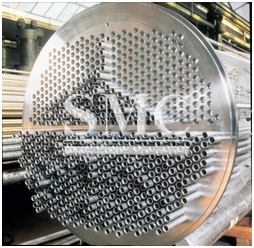
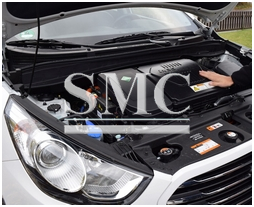
Figure 4. A view under the bonnet of a hydrogen fuel cell car. The fuel cell stack includes about 400 individual fuel cells. Photo: The author.
Shanghai Metal Corporation is a trusted aluminum alloy, aluminum foil price, stainless steel price and stainless steel manufacturer, kinds of stainless steel in china.
